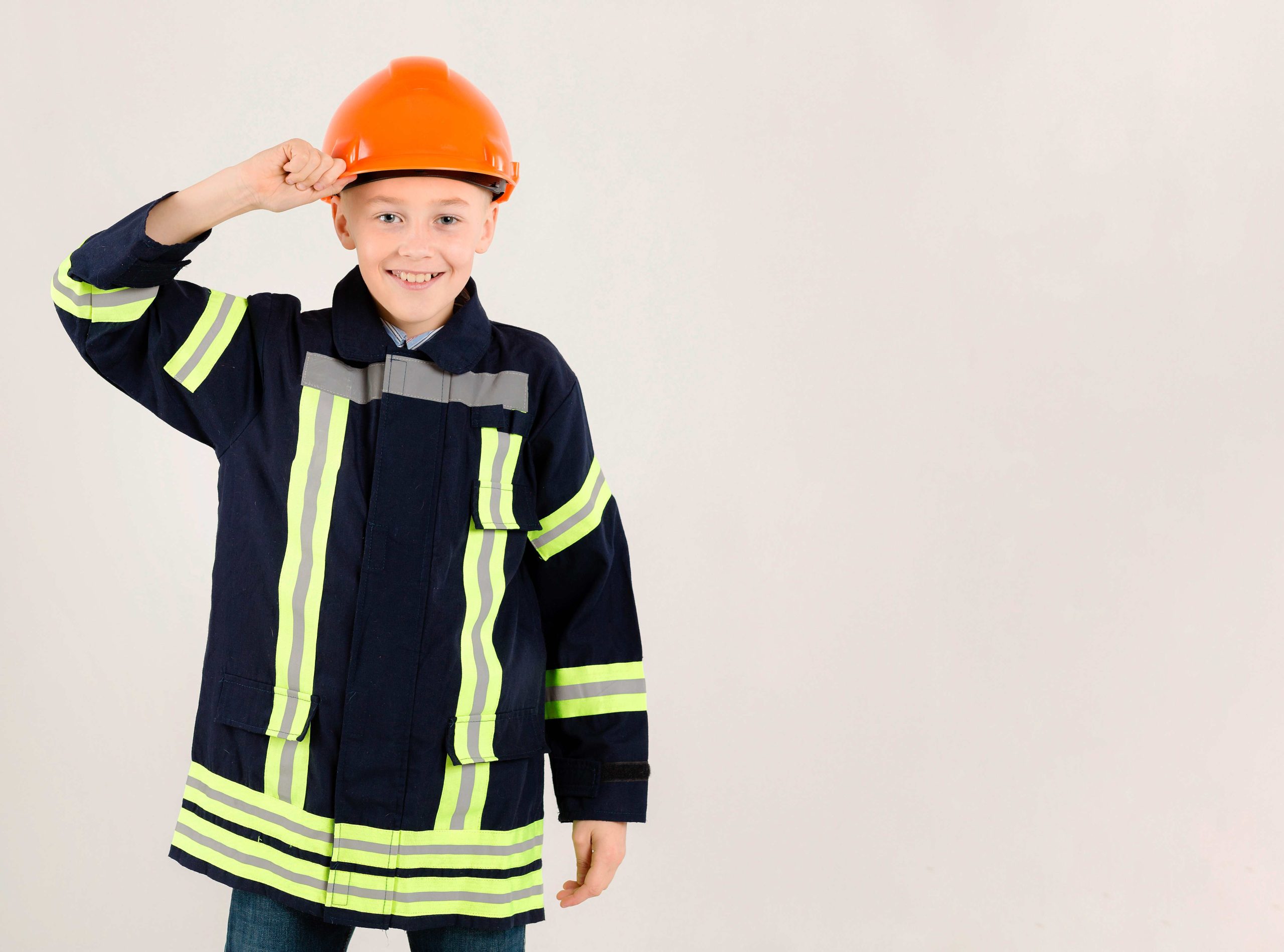
Importance of Fire Safety for Preschoolers
The importance of fire safety cannot be understated. Preschoolers must comprehend the significance of fire safety and potential dangers. Preschoolers should learn how to prevent and handle a fire emergency since fires pose a major threat to life. We will examine the importance of fire safety for preschoolers in this post, as well as the dangers that could arise from flames.
Reasons for Teaching Fire Safety to Preschoolers
The importance of fire safety for preschoolers cannot be emphasized enough. Preschoolers are at a vulnerable age, and they may not fully understand the consequences of a fire emergency. It is, therefore, crucial to teach them about fire safety early on. Here are some reasons why fire safety is important for preschoolers:
1. Preventing fires
Prevention is better than cure, and the same applies to fire emergencies. Preschoolers need to understand the actions they can take to prevent fires. Simple acts like avoiding playing with matches and lighters, not leaving cooking unattended, and keeping flammable materials away from heat sources can go a long way in preventing fires.
2. Evacuation procedures
Preschoolers should be familiar with the evacuation protocols in case of a fire emergency. They must be aware of safe departure strategies and what to do in the event of smoke or flames. Preschoolers should periodically exercise evacuation techniques so they are familiar with what to do in the event of a fire.
3. Awareness of potential hazards
Preschoolers may not be aware of potential hazards that could result in a fire. It is, therefore, important to teach them about the hazards of electrical appliances, heating sources, and other flammable materials. Preschoolers need to know how to handle such materials and what precautions to take to prevent a fire.
4. Understanding the role of firefighters
Preschoolers need to understand the role of firefighters in fire emergencies. They should be taught that firefighters are there to help and that they should seek their help in case of a fire emergency. This knowledge can help preschoolers remain calm during a fire emergency, knowing that help is on the way.
Potential Hazards of Fire Emergencies
Fire emergencies can result in various hazards that can be detrimental to preschoolers. These hazards can range from physical injuries to emotional trauma. Here are some potential hazards of fire emergencies:
1. Burns
Burns are the most common injuries resulting from fire emergencies. Preschoolers may sustain burns from flames or hot surfaces, and these injuries can be severe or even fatal. It is, therefore, crucial to teach preschoolers about the hazards of fire and how to avoid them.
2. Smoke inhalation
Respiratory issues brought on by smoke inhalation might be lethal if not treated right away. The risks of smoke inhalation and what to do if they come across smoke during a fire emergency should be made clear to preschoolers.
3. Emotional trauma
Fire emergencies can be traumatic, especially for preschoolers. The sight of flames and the sound of smoke alarms can be distressing, and preschoolers may develop emotional trauma as a result. It is, therefore, important to provide emotional support to preschoolers after a fire emergency.
4. Destruction of property
Property loss brought on by fire situations can put a strain on families’ finances. Preschoolers in preschool need to comprehend the value of preserving property and the effects of fire situations.
The Role of Parents and Caregivers in Teaching Fire Safety
Parents and caregivers play a crucial role in teaching preschoolers about fire safety. It’s important to teach fire safety to young preschoolers in a way that they can grasp because they might not be able to comprehend how serious fire threats are. Following are a few ideas for how parents and other adults might reinforce fire safety instruction at home:
Conclusion
Fire safety is a critical skill that all preschoolers need to learn. By understanding the importance of fire safety, recognizing potential hazards, and knowing how to prevent and handle fire emergencies, preschoolers can stay safe and protect themselves and others. Parents, caregivers, and educators play a crucial role in teaching fire safety to preschoolers and ensuring they are prepared for any fire emergency that may occur. Through education, supervision, and consistent reinforcement of fire safety practices, we can help prevent accidents and keep preschoolers safe from the dangers of fire.
Remember, fire safety is everyone’s responsibility. By working together to educate and empower preschoolers with the knowledge and skills they need to stay safe, we can create safer homes, schools, and communities for everyone.
Let’s prioritize fire safety for preschoolers and ensure they have the tools and resources they need to stay safe in any fire emergency. Together, we can make a difference and save lives.


